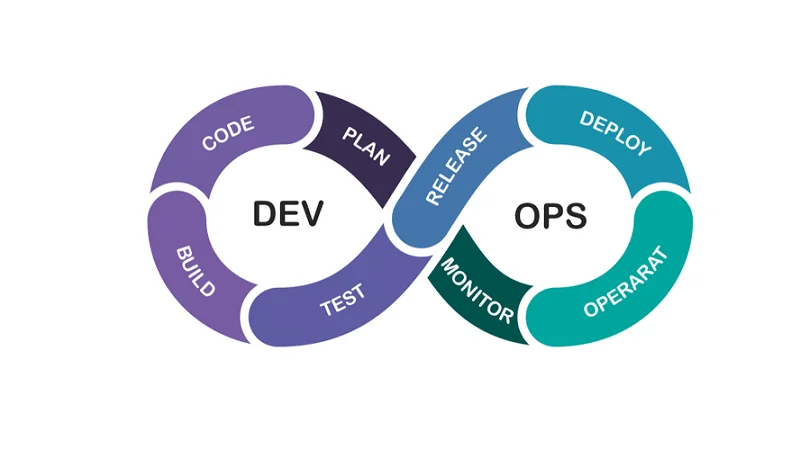It’s ideal for enterprises in regulated industries looking to add AI functionality without compromising security or knowledge governance. Replication in PostgreSQL is a strong function that supports both high-availability and scalability goals. Streaming replication is ideal for full-cluster failover and redundancy, while logical replication provides flexibility for partial replication, model upgrades, and more complex topologies.
- In PostgreSQL, its object-oriented options are demonstrated by supporting complicated information sorts, similar to JSON, arrays, and XML, in addition to all standard SQL data types.
- Learning PostgreSQL could be a useful and rewarding investment in your profession development.
- It can deal with complicated knowledge models and queries, making it appropriate for applications that have to process and analyze giant volumes of knowledge.
- It helps a variety of knowledge types, together with customized user-created ones, and provides multiple procedural languages for writing stored procedures.
In this publish, we’ll walk you through what PostgreSQL replication is, why it’s useful, the differing types you can use, and the method to set it up the best method and finest practices to keep everything working easily. Cross-database estates at the moment are becoming the norm in firms and organizations. While major players like SQL Server and Oracle stay, completely different use-cases are prompting different databases to be used alongside them to fulfill numerous and rising business demands. This brings aggressive benefit while also complicating IT environments and developer workflows. If the world of business analytics interests you however you don’t know where to start out, why not try CareerFoundry’s free 5-day data analytics course?
Postgresql Obtain And Install On Ubuntu, Redhat And Docker
PostgreSQL presents a unified platform for managing various data sorts and systems. It simplifies data management by consolidating a number of databases into a single, cohesive system, lowering complexity and operational overhead. It options ACID compliance, making certain that within the event of a crash, the database maintains consistency. Moreover, PostgreSQL helps various data varieties and performance optimization options. PostgreSQL has had an enormous fan base amongst builders for years, and firms, organizations and enterprises are now becoming a member of them.
When To Use Postgres As Your Relational Database?
A secure database administration framework is needed to maintain the quite a few data transactions with terabytes of data operating easily. Many builders rely on PostgreSQL to provide a seamless information warehouse for all their heavy and complex knowledge needs. PostgreSQL is an open-source relational database administration system that runs on all main operating techniques.

Guarantee Schema Consistency (logical Replication)
One Other necessary characteristic of PostgreSQL is that it’s open source, which makes it an affordable solution for companies to maintain prices low. Also, PostgreSQL has a wonderful track report of reliability and information security. It’s been utilized in manufacturing by customers for many years and is trusted by many organizations and companies worldwide. PostgreSQL has transaction assist Data Mesh, full-text search and constraints like a international key.
Utilizing the right knowledge sort ensures that the database makes use of storage effectively and processes queries quicker. For example, utilizing INT as an alternative of BIGINT when potential saves area and accelerates operations. PostgreSQL’s advanced data varieties embody UUID for distinctive identifiers and JSONB for storing and querying JSON data. In telecommunications, PostgreSQL offers dependable, high-performance solutions for managing giant data volumes and complex transactions. Its scalability and concurrency options guarantee efficient handling of daily operations, including billing, customer information management, and network resource monitoring.

PostgreSQL with the PostGIS extension supports geospatial databases for geographic information methods (GIS). Custom range types may be created to make new types of ranges available, such as IP address ranges utilizing the inet kind as a base, or float ranges using the float knowledge kind as a base. Range sorts support inclusive and unique range boundaries using the and () characters respectively. (e.g.,

